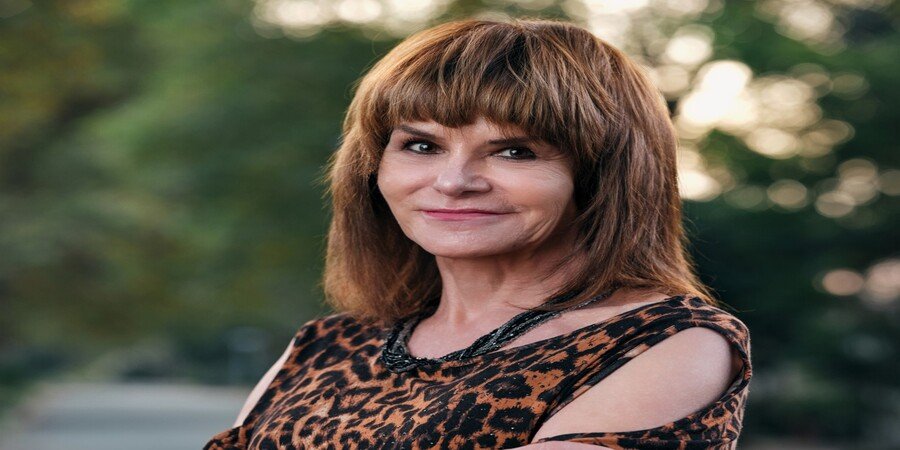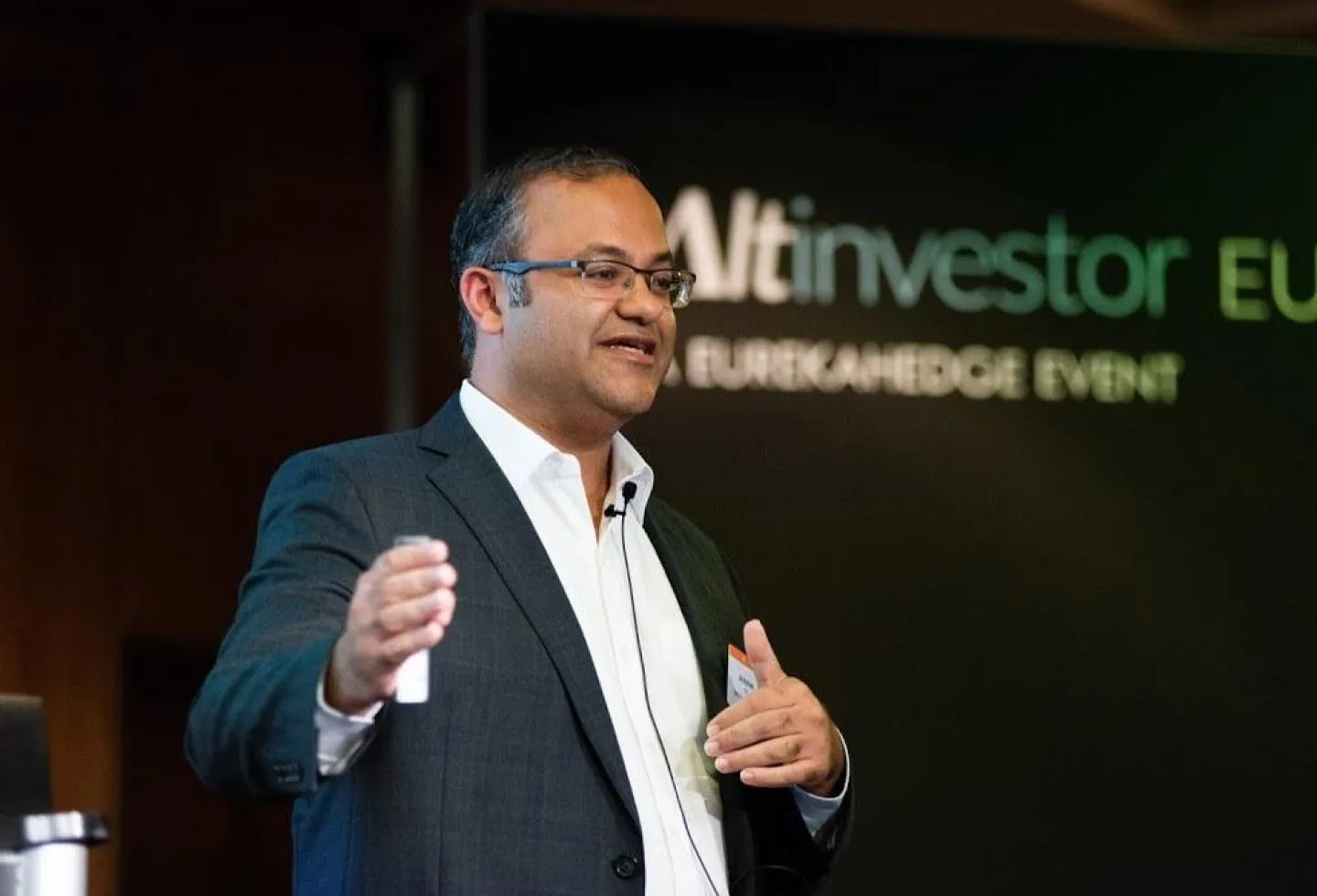A New Kind of Accountability
A jury in Miami delivered a decision that is likely to stay with the auto industry for a long time. For the first time, a court found that the responsibility for a fatal crash rested not only with the driver but also with the design of the car itself. Tesla Autopilot, the court decided, had not done enough to prevent a tragedy.
This moment is important because the technology in question is no longer rare. Assisted driving is now part of many cars, across many brands. Tesla autopilot court case outcomes like this one raise questions around accountability in self-driving technology and set precedents for others to follow.
The Crash That Started the Conversation
In 2019, a Tesla driver in Florida had Tesla Autopilot turned on. The car drove through a stop sign and hit a parked vehicle. A 22-year-old woman died. Her boyfriend was left seriously injured. The driver admitted he had looked away to check his phone, trusting that the car would slow down on its own. It did not.
That self-driving car accident changed the lives of two people. Now, years later, it is beginning to change how an entire industry thinks about risk and responsibility. Tesla autopilot court case arguments now regularly revisit how much trust can be safely placed in automation.
What the Jury Decided
The court did not accept the idea that the driver was the only one at fault. It looked at how the technology was built, what warnings were given, and how much room the system allowed for misuse. Tesla, the jury said, should have done more to prevent this kind of scenario. The company is planning to appeal. It has also said the decision could make it harder to develop tools that are meant to save lives.
Others see it differently. They believe the verdict sets a clearer standard for what carmakers owe the people who use their technology. This Tesla autopilot court case has become a landmark example in discussions around autonomous vehicle liability.
A Shift for the Entire Industry
This is no longer only Tesla’s issue. More cars today come with features like adaptive cruise control, lane assist, and hands-free steering. These tools offer convenience, but they also blur the line between who is driving, the person or the machine. That line matters. Because when the system is active and the driver relaxes, the results can be fatal.
After this ruling, automakers may be forced to rethink how they build, label, and explain these systems. The impact of Tesla court ruling on auto industry could include more regulation, transparency, and design changes to prevent another self-driving car accident. It’s part of what many are calling the beginning of the future of autonomous driving regulations.
Looking More Closely at Attention
The Insurance Institute for Highway Safety has said that features like emergency braking do help. But there is little evidence that partial automation brings down crash numbers overall. That gap is getting more attention.
The National Highway Traffic Safety Administration is preparing to study the role of driver-monitoring systems, the tools that check if a person’s eyes are on the road or if their hands are on the wheel. These are not just reminders. They may become the key to safer use of automation. And as seen in the Tesla autopilot court case, driver awareness, or the lack of it, is often central to determining autonomous vehicle liability.
What Comes Next
This ruling does more than assign fault. It sends a message. If a company builds something that can take over the driving, it also takes on the duty to keep the driver alert. That responsibility cannot be left open to interpretation. There has to be structure, intention, and care built into every part of the system. Tesla Autopilot cannot remain a vague idea. It has to be something drivers understand and respect.
The technology may be advanced, but the principle remains simple: people still matter. The Tesla autopilot court case will likely influence how courts interpret accountability in self-driving technology for years to come. The impact of Tesla court ruling on auto industry is already being felt, with companies now questioning what safety really looks like in autonomous systems.
As more Tesla lawsuit 2025 developments emerge, the stakes will keep rising—not just for Tesla, but for everyone building the future of mobility. Tesla legal troubles aren’t isolated anymore; they now ripple outward, forcing broader reflection on the future of autonomous driving regulations.
We’re also seeing cracks in the image of the perfect self-driving future. This recent self-driving car accident and the resulting Tesla lawsuit 2025 show that even leading tech needs human clarity. What the Tesla autopilot verdict means goes far beyond one crash. It’s about responsibility, clarity, and design that supports real life.
That’s why Tesla court loss and industry response are being studied so closely. These aren’t just legal hiccups; they’re the signs of a maturing technology and a society trying to keep pace. The outcome of the Tesla lawsuit 2025 may help answer the larger question: What the Tesla autopilot verdict means for consumers, regulators, and developers alike.
We’ll see more Tesla legal troubles, more Tesla court loss and industry response, and more push for accountability in self-driving technology as the landscape continues to evolve.



